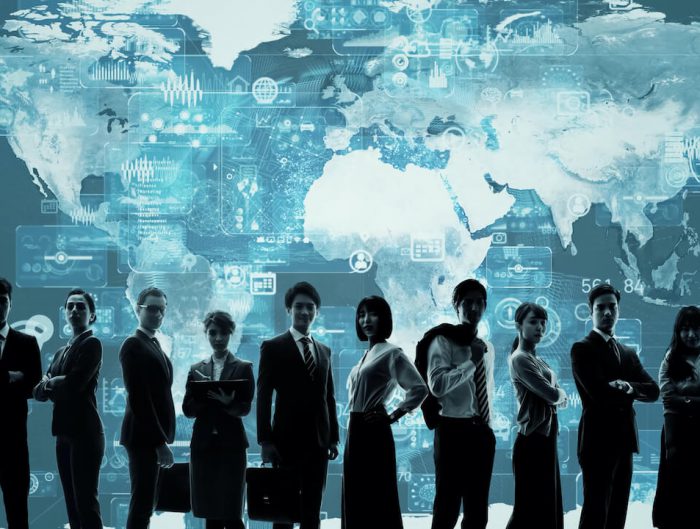As more employees return to work, leaders may need to hit the “reset” button.

Recalibrating employee experience as more return to the office should be a priority.
Since Covid-19 made WFH arrangements the norm, HR leaders have been prioritising a recalibration of employee experience.
During the remote work phase of the crisis, their priorities included maintaining productivity and ensuring effective collaboration. As some employees begin returning to work, new challenges and opportunities have emerged.
For one thing, leaders need to step up to ensure that employees feel safe and motivated as they return. They must also sustain engagement with those who continue working remotely.
Those who that feel that such efforts are not worth the trouble need to think again.
A PwC report says that a good employee experience leads to a good customer experience. In an era where companies are trying to improve their customers’ experience in order to recover and grow, employee experience becomes especially vital.
“The business imperative is clear: According to a June 15 global PwC survey, almost two-thirds (63 per cent) of CFOs are looking to generate revenue by changing or refreshing their product and services mix… But innovation doesn’t come out of thin air: You have to create the internal conditions for it to occur — and that means redesigning the employee experience to nurture creative thinking and experimentation and make room for failure along the way,” says PwC.
TAILORED APPROACHES
A recent McKinsey & Company report said the return phase “presents an opportunity for companies to rethink the employee experience in ways that respect individual differences—home lives, skills and capabilities, mindsets, personal characteristics, and other factors—while also adapting to rapidly changing circumstances.”
McKinsey recommends tailoring your approach as “employees’ needs and experiences vary.”
For instance, “the impact on working mothers versus working fathers is quite different.”
In light of this, they recommend two key actions.
1. Use segmentation to identify who is struggling and what they need. They recommend using publicly available data and internal tools such as open-listening channels, pulse surveys and advanced analytics to “understand the diverse set of challenges that individuals and teams are facing and identify the best ways of supporting them where they are struggling the most.”
2. Take a personalised approach to fostering culture and enabling change. McKinsey emphasises the importance of engaging your employees “in a continual two-way dialogue that takes into consideration their specific needs, allows them to configure their own journeys, delivers personalised coaching and provides them with a forum to share best practices with others who may share similar challenges.”
SAFETY AND RELATIONSHIPS
Generally, experts recommend paying special attention to employee safety, and physical and mental health.
This is also an opportunity to continue strengthening relationships you built with your team during the work-from-home phase. Many say that in the absence of face-to-face meet-ups at work which they took for granted before the pandemic, they put more effort into connecting with their team members remotely. We advise building on the camaraderie and trust you might have earned during the pandemic by ensuring you stay present and empathetic.
On the other hand, if remote work has had a negative impact on your team, the return phase is an opportunity for you to build relationships and collectively formulate SOPs so that should some or all of your team members have to work remotely again in the future, you’ll be able to better manage it and set your team up for success.




Leave A Reply